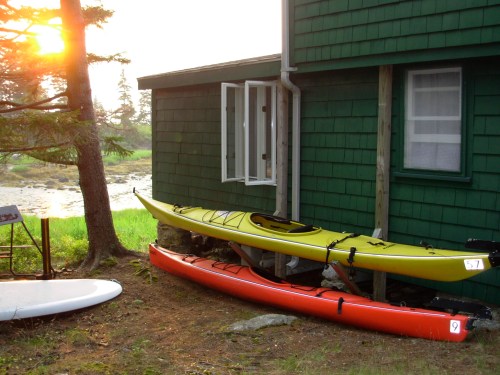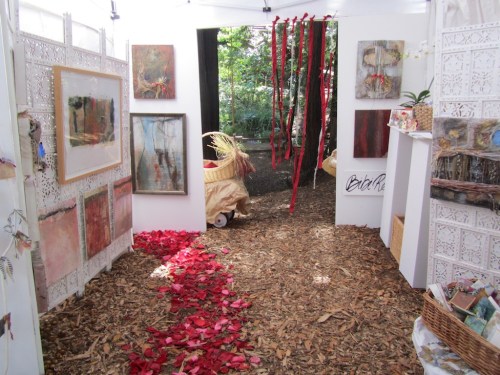When Benjamin Franklin wrote An Economical Project, his 1794 discourse in which he proposed the idea that would become our current Daylight Saving Time, it probably didn’t occur to him that the world would be using his system of adjusting human activities to maximize natural daylight more than 200 years later.
It also probably didn’t occur to him that others would take so long to embrace it. Attempts to legislate Daylight Saving were still widely ridiculed at the beginning of the 20th century. (It took the energy needs of WWI for many to finally enact them.) Standard times, brought about in the U.S. and Canada by the needs of the railways, which straddled various locales, also took a few decades to eventually pass into law.
While there was some reasoning behind the idea of idea of Daylight Saving Time and of course a need for time zones, the system is home to tremendous quirkiness and variations. (One year, 23 different pairs of DST start and end dates were used in Iowa alone.) Indiana only adopted Daylight Saving Time in 2005. Arizona opts out of Daylight Savings, although the Navajo nations within it opt in. Hawaii also does not observe Daylight Saving Time, as its proximity to the Equator makes for relatively consistent sunrises and sunsets year-round, regardless of season. (Why mess with success?) While some states are trying to do away with Daylight Saving Time, there was a movement (which did not pass) in Arizona to join the rest of the continental U.S.
In addition some Amish communities, particularly in Ohio, remain on Standard Time, which they (wonderfully) call – wait for it – Slow Time.
Cities and countries around the world begin, end and practice Daylight Savings at a variety of times and in a variety of ways.
Most of the U.S. begins Daylight Saving Time at 2:00 a.m. (local time) on the second Sunday in March and reverts to standard time at 2:00 a.m. on the first Sunday in November.
How does Daylight Saving Time impact safety, particularly on the roads? Apparently the first dark evenings in Fall, when the time changes back, see an increase in pedestrian and auto accidents, as some people readjust to driving in darkness. In 2007, Daylight Saving Time in the U.S. was moved to the first weekend in November, in the hopes of getting more Halloween Trick-or-Treaters out during daylight and presumed safety, which may be good for the youngest Trick-or-Treaters.
Daylight Saving Time negatively affects our sleep, much the way jet lag might. Even cows get flummoxed by the time change, dairy farmers say.
Research on the value of Daylight Saving Time is decidedly mixed. Here are some ideas for helping your kids cope with Daylight Saving Time.
Here’s hoping you enjoy Slow Time, seasonal change, and the wonder of time in general, whether you practice Daylight Saving or not.
Photos: Susan Sachs Lipman; Railroad photo: ctempemplymentlawblog.









































